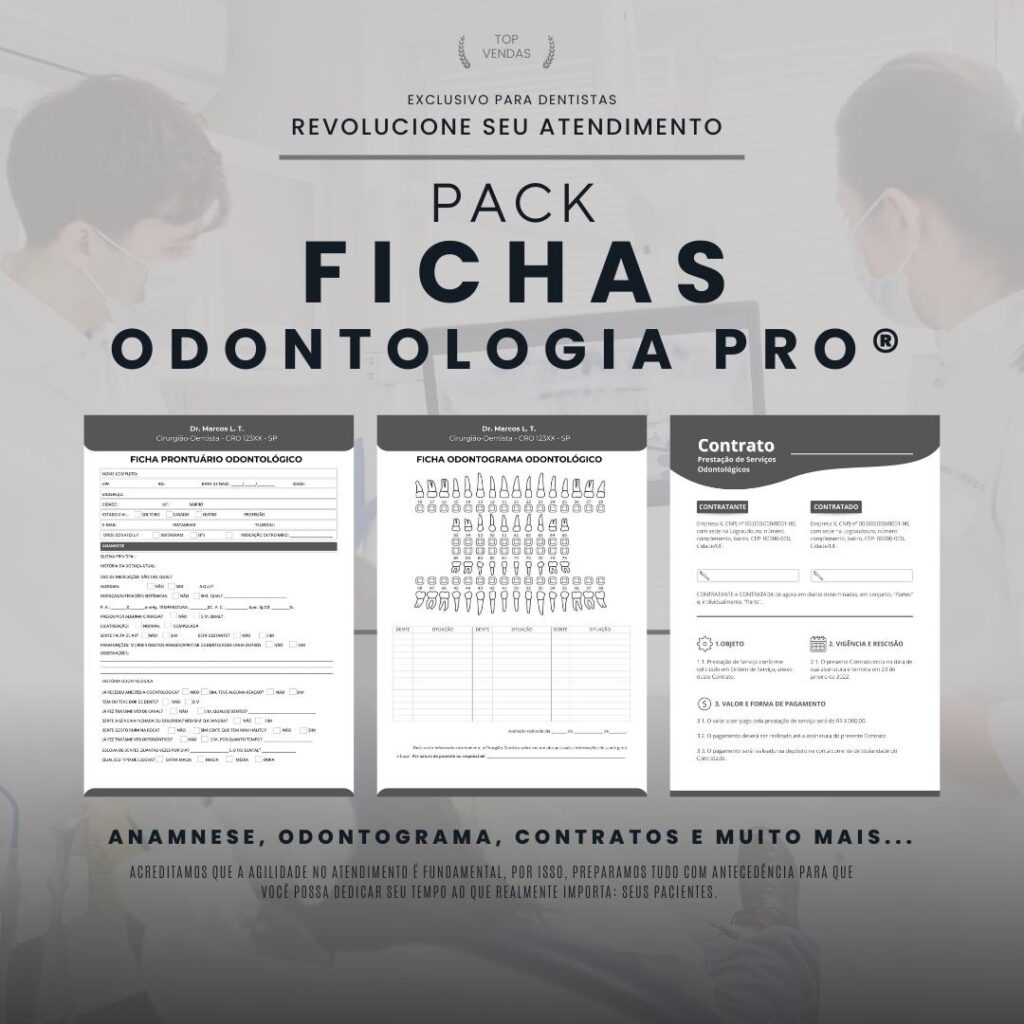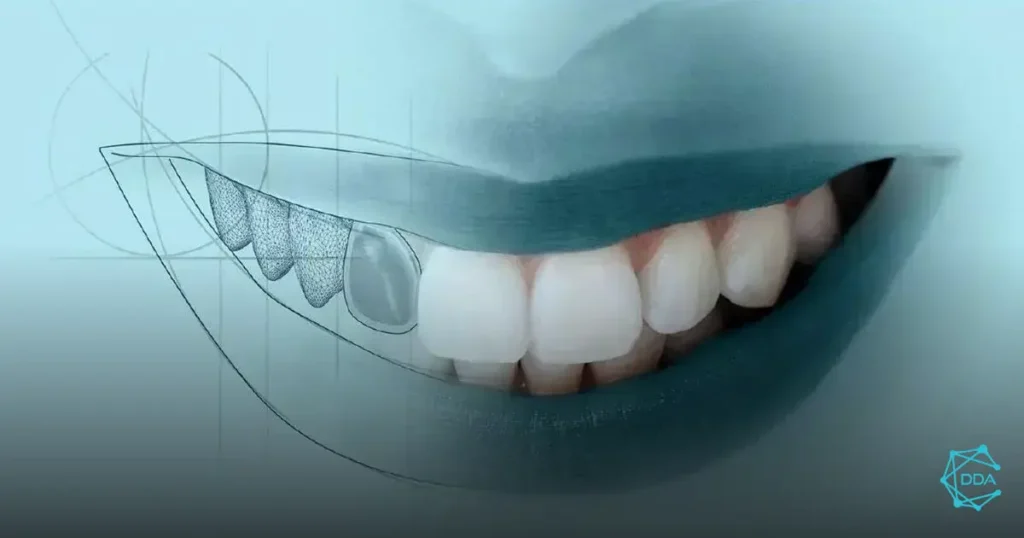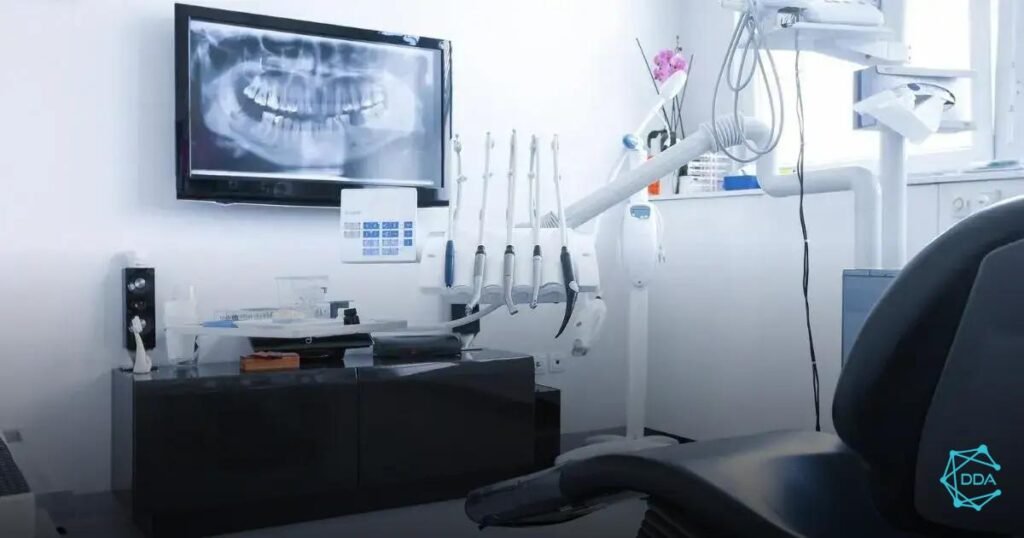Introduction
Dentistry is an area of health that is constantly evolving, following technological changes and patient demands. With the increasing digitalization of processes and the adoption of new technologies, it is essential that dental professionals are prepared to adapt their workflows to the demands of the digital world.
Benefits of Adapting to New Technologies in Dentistry
By adopting the new technologies available, dental professionals can enjoy a series of benefits, both for themselves and their patients. Some of these benefits include:
Better Diagnostic Quality
By using state-of-the-art equipment, such as intraoral scanners and digital x-rays, it is possible to obtain high quality and definition images, facilitating the diagnosis of dental problems. This results in more precise and effective treatments.
Agility in Service
The implementation of a digital flow in dental practice allows for the optimization of internal processes, making service faster and more efficient. The use of specific software for practice management, for example, facilitates scheduling appointments, controlling medical records and communicating with patients.
Greater Data Security
By migrating to the digital environment, it is possible to store all relevant patient information in a secure, password-protected system. This way, data is less susceptible to loss or misplacement, guaranteeing patient privacy and meeting the requirements of compliance with the General Data Protection Law (LGPD).
Innovation and Competitiveness
Professionals who adapt to new technologies stand out in the market and gain a competitive advantage over their competitors. The offer of innovative services, such as 3D printing of dental prosthetics or the use of virtual reality techniques to help explain treatments, attracts patients in search of modern and efficient solutions.
Main Technologies Used in Digital Flow in Dental Practice
Intraoral Scanner
The intraoral scanner is a device used to scan the oral cavity. It replaces old plaster molds, making the process more comfortable for the patient and more precise for the professional. Furthermore, these scanners allow the creation of three-dimensional models, which can be used for planning treatments and making dental prosthetics.
Digital Radiography
Digital radiography replaces traditional film x-rays. With it, it is possible to obtain high-quality radiographic images, with less radiation exposure to the patient. These images can be easily stored and accessed through computers, allowing for a more accurate diagnosis and quick sharing with other professionals when necessary.
Management Software
There are several dental office management software that help with scheduling control, financial control, organizing medical records, issuing receipts and even sending appointment reminders via email or SMS. These tools make the professional’s day-to-day life much easier and make office management more efficient.
3D printing
3D printing is already a reality in dentistry. With this technology, it is possible to manufacture dental prosthetics, study models and even surgical guides with high precision. This speeds up the manufacturing process, reduces costs and provides superior aesthetic and functional results.
Conclusion
Adapting to new technologies is essential for dental professionals to continue offering a quality service, remaining up to date and competitive in the market. With the implementation of a digital flow in dental practice, it is possible to enjoy benefits such as better diagnostic quality, agility in service, greater data security and innovation. Therefore, investing in technology and seeking constant updating are essential steps for success in modern dentistry.






